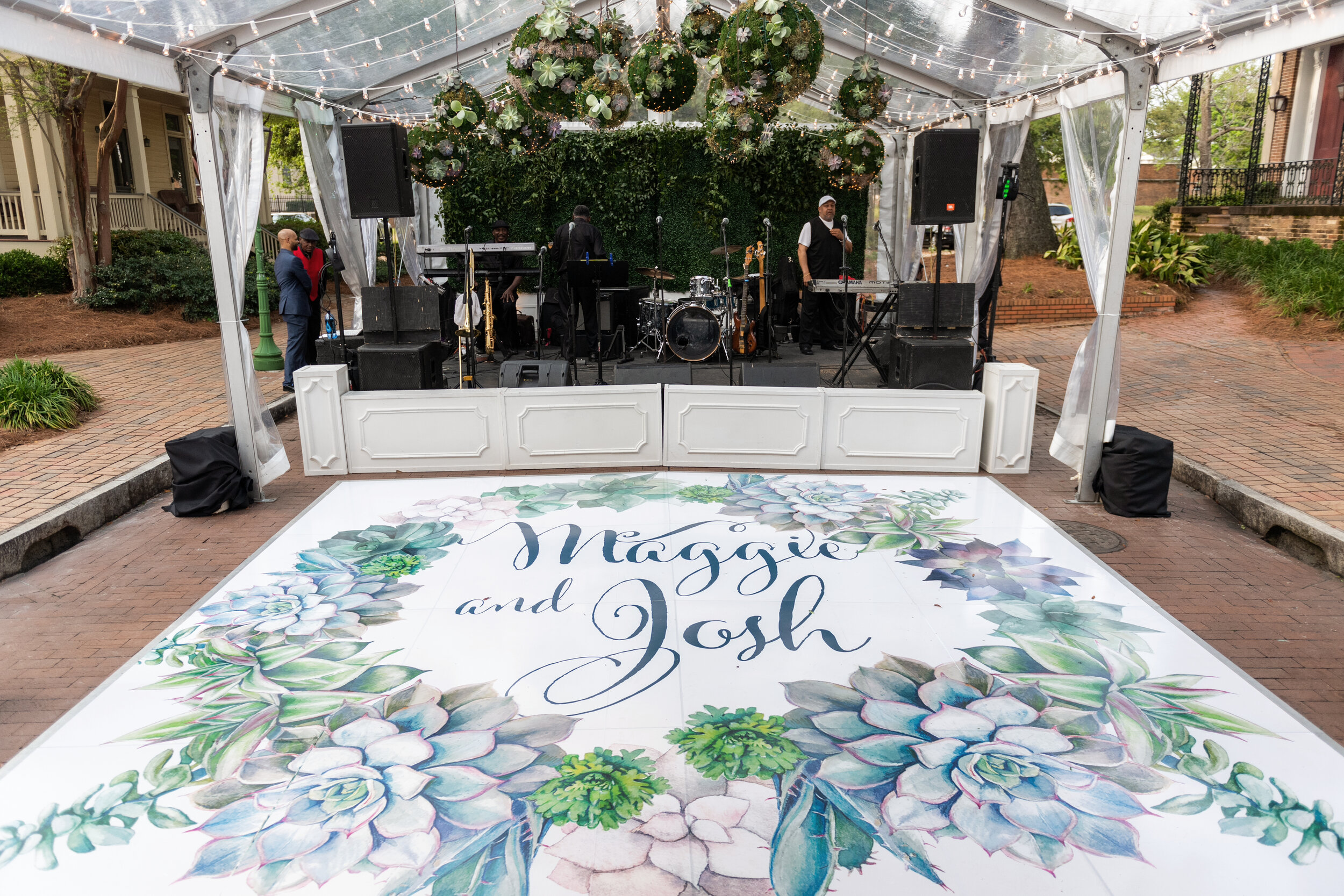Investigating the Diverse Substances That Transform Dance Surfaces into Stunning Aesthetic Displays
Investigating the Diverse Substances That Transform Dance Surfaces into Stunning Aesthetic Displays
Blog Article
Movement surfaces have developed significantly over the decades, becoming more than just a space to dance to melodies. Currently, they are transformed into breathtaking aesthetic experiences through the use of multiple substances and technologies. These substances not only improve the visual appeal of the space but also improve the overall encounter for performers and spectators alike. Comprehending the versatile substances that add to these dynamic environments can offer understanding into the craft of dance floor design.
One of the most common substances used in modern dance floors is light-emitting diode illumination. LED lamps are energy-efficient and can generate a broad variety of hues and impacts. They can be integrated in the floor itself or used as part of a lighting setup over the dance floor. This innovation allows for synchronized light shows that can change in reaction to the melodies, creating an engaging encounter. The ability to configure these lamps means that they can be tailored to fit different themes or atmospheres, making each event unique.
Another crucial material is mirror-like surfaces, such as reflectors or polished tiles. These surfaces can create an illusion of area and dimension, making the dance floor appear larger than it actually is. When performers move, their images can add an extra layer of visual appeal, enhancing the overall show. Additionally, mirror-like surfaces can engage with illumination effects, amplifying the colors and designs displayed on the floor. This read this article combination of illumination and mirroring can captivate spectators and elevate the energy of the occasion.
In addition to illumination and mirror-like materials, the use of digital screens has grown increasingly common in dance floor creation. These screens can display lively images, animations, or even real-time feeds of the performance. By integrating digital technology, occasion organizers can create a multi-sensory encounter that engages both the dancers and the spectators. The ability to change images in real-time allows for a dynamic environment that can adjust to the rhythm and vitality of the melodies, making each moment feel new and thrilling.
Furthermore, the choice of surface substance itself plays a crucial role in the complete encounter. Traditional wooden dance floors are still preferred for their durability and performance qualities. However, newer substances like synthetic and rubber are gaining favor due to their versatility and ease of care. These substances can provide superior shock absorption, reducing the chance of injury for performers. Additionally, they can be designed with multiple patterns and colors, allowing for creative representation in the dance floor's look.
In summary, the transformation of dance floors into breathtaking aesthetic encounters relies on a mix of innovative materials and technologies. Light-emitting diode illumination, reflective materials, electronic screens, and customized flooring substances all contribute to creating an engaging environment for performers and spectators. As technology continues to advance, the opportunities for improving dance floor creation will only expand, making upcoming occasions even more enthralling and memorable. Understanding these substances helps value the artistry involved in creating spaces where dance and melodies come together in harmony.